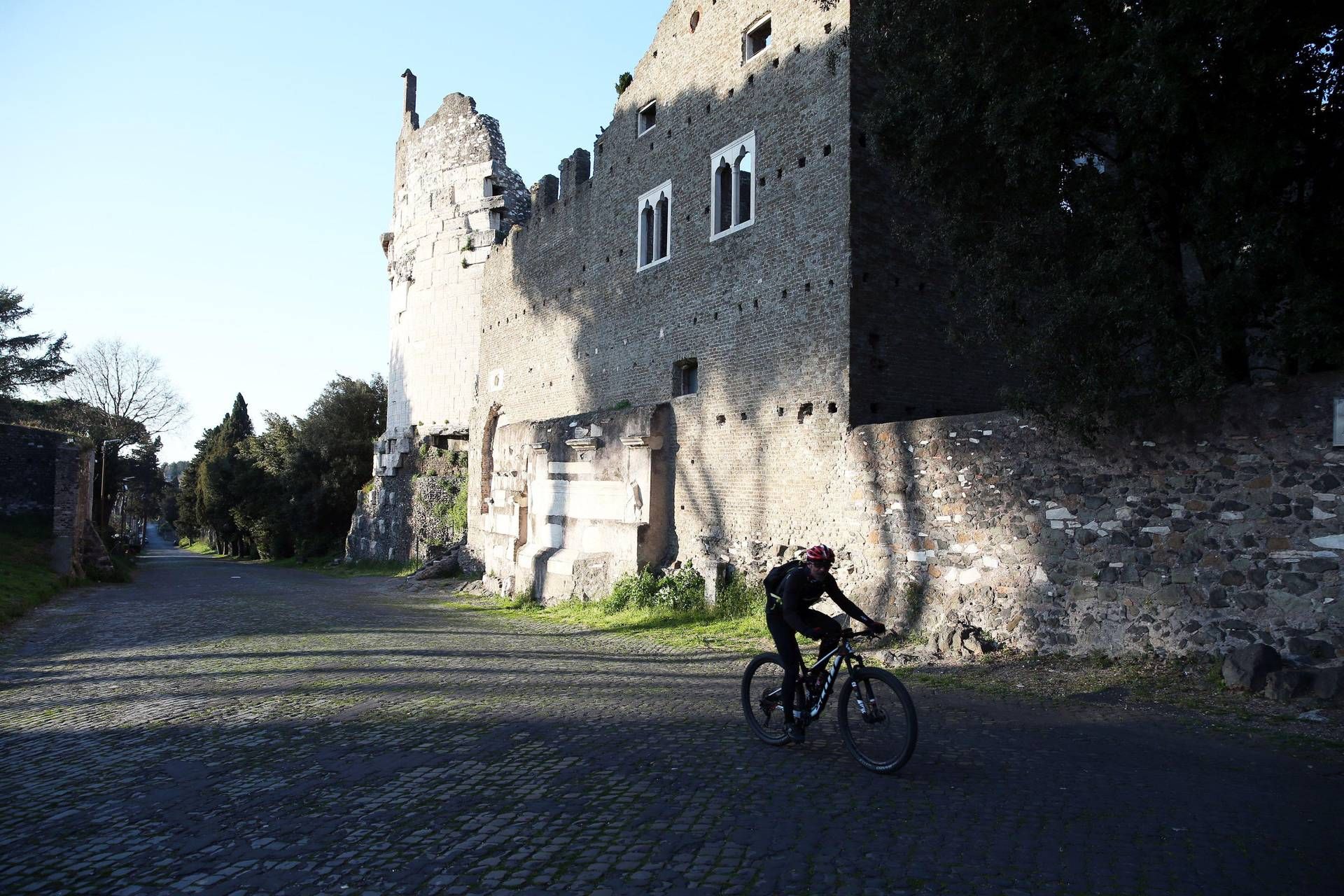The Appian Way Enters World Heritage List. The inscription in the UNESCO list was decided today at the 46th session of the World Heritage Committee, meeting in New Delhi. The ‘Via Appia. Regina Viarum’ thus becomes the 60th Italian site recognized by the United Nations Educational, Scientific and Cultural Organization. This is the first candidature promoted directly by the Ministry of Culture, which coordinated all phases of the process and prepared all the documentation necessary for the request for inscription on the World Heritage List.
“I express all my satisfaction and pride for the great result achieved. UNESCO has grasped the exceptional universal value of an extraordinary engineering work that over the centuries has been essential for commercial, social and cultural exchanges with the Mediterranean and the East. Congratulations to all the institutions and communities that have collaborated with the Ministry of Culture to reach this prestigious goal. It is a recognition of the value of our history and our identity, from which an enhancement can be born that can bring economic benefits to the territories involved”, declared the Minister of Culture, Gennaro Sangiuliano.
“It is a great success for the Ministry of Culture – commented the Undersecretary of Culture with delegation to UNESCO, Gianmarco Mazzi – but above all for those millions of Italians who live in the territories of the Appian Way, a world symbol of the history from which we come. It adds to the extraordinary success obtained less than a year ago by Italian opera and I am happy that it coincides with my mandate”. The result – details a note from the MIC – is the fruit of teamwork that saw the involvement of various institutions: 4 Regions (Lazio, Campania, Basilicata and Puglia), 13 Metropolitan Cities and Provinces, 74 Municipalities, 14 Parks, 25 Universities, numerous representatives of the territorial communities, as well as the Ministry of Foreign Affairs and International Cooperation and the Pontifical Commission of Sacred Archaeology of the Holy See.
